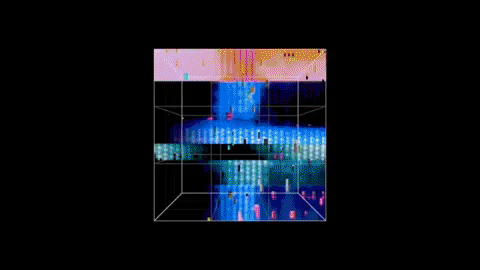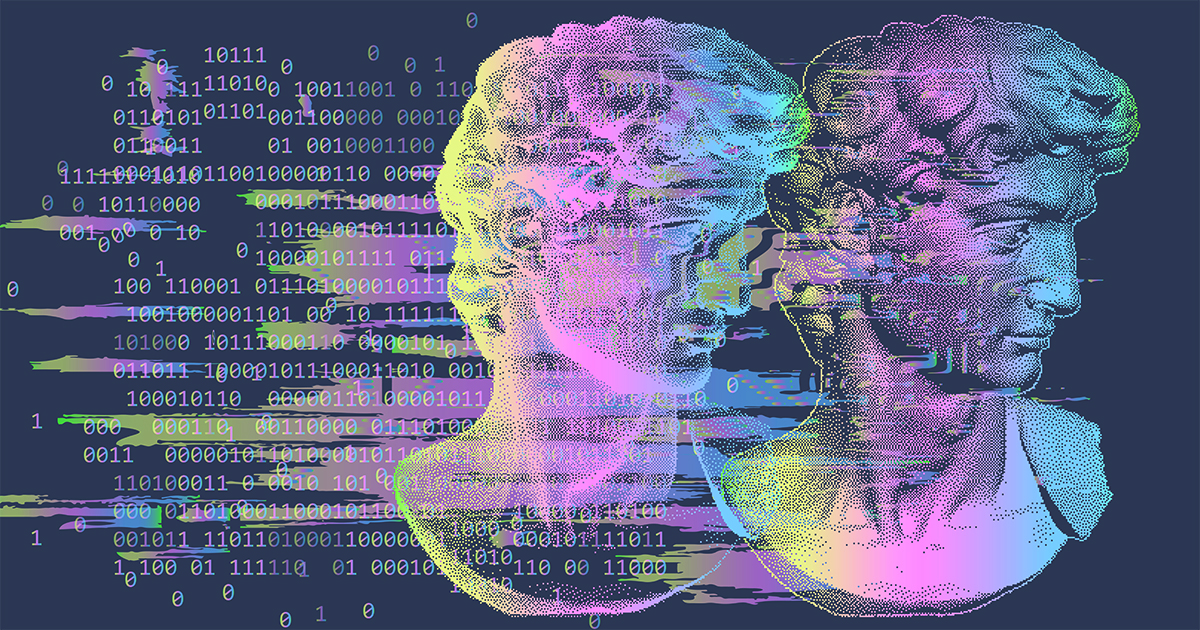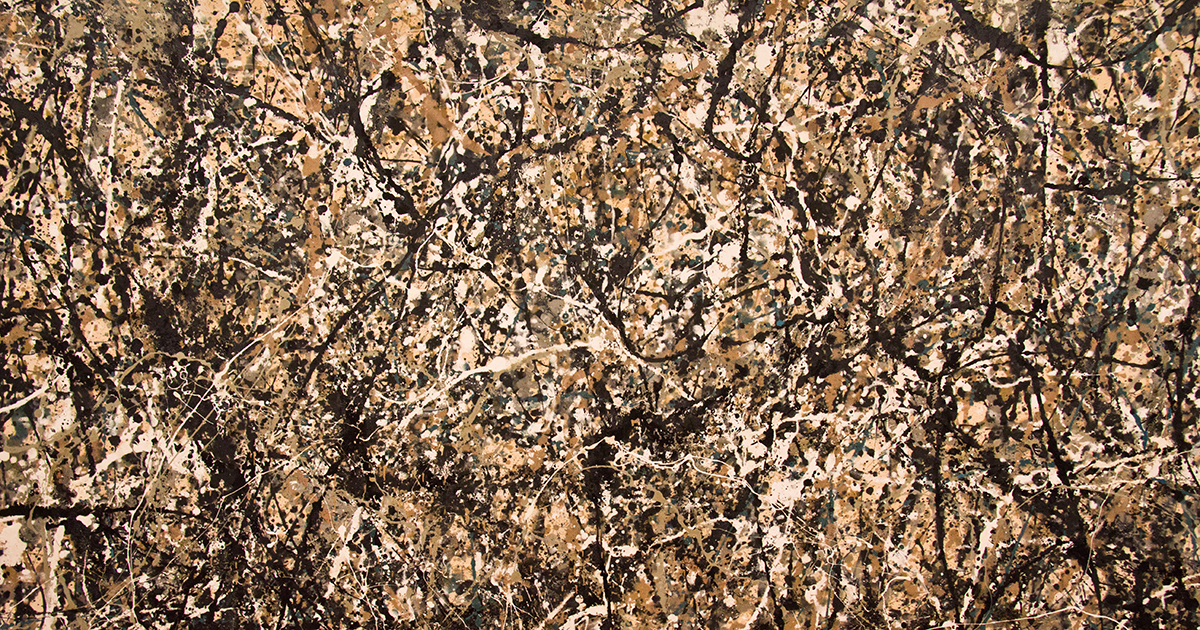
Believe it or not, the total size of the creator economy today is estimated to be more than $100 billion dollars. According to Fortune, Alphabet expects a $30 billion stream of revenue from YouTube alone by the end of this year.
The top 1% to 2% of content creators reap significant rewards of the creator economy, but thousands of others fail to make even minimum wage.
Li Jin, the founder and general partner of Atelier Ventures, suggests in an article written for The Economist that the future of the creator economy must focus on proper content distribution among the established creators and newcomers.
“A handful of social-media behemoths act as gatekeepers for finding and connecting with audiences,” she argues. “Creators are reliant on mercurial algorithms to sustain their relevance. Despite directly contributing to the value of platforms by uploading content that engages users, creators resemble an underclass of workers, lacking the benefits and protections of employees or the share options that would let them benefit from platforms’ success.”
She calls these dynamics “taxation without representation” or “21st-century serfdom” and proposes that creators should build, operate, and own the products and platforms they rely on.
“For innovators, rewarding users with ownership can help attract the enormous user bases that will enable these new platforms to outcompete existing, centralized ones. Creator ownership eliminates the conflict between platforms and participants and ensures that growth benefits all stakeholders.”
— Li Jin
There are already examples. Stocksy, a stock-photography library, is a cooperative that shares profits between its members, who vote on its policies.
Such cooperative ownership has struggled to date because of challenges in scaling up decision-making and governance and in attracting investment. But new technologies promise to remove these barriers.
READ MORE: YouTube’s creator economy is bigger and more profitable than ever (Fortune)
Jin points to decentralized networks, like those that underpin cryptocurrencies, that allow ownership to be distributed via tokens (NFTs) which are earned for contributions to the network and often confer governance rights.
Early examples include Axie Infinity, a pet-battle game in which users earn tokens they can sell and convert into income, now has 1.7m daily users, who have traded over $2bn worth of game assets to date. SuperRare, a digital-art marketplace, launched a “curation token” in August, decentralizing itself and giving users a say in the platform’s future.
Next year, look out for decentralized networks to reach a tipping-point.
CRUSHING IT IN THE CREATOR ECONOMY:
The cultural impact a creator has is already surpassing that of traditional media, but there’s still a stark imbalance of power between proprietary platforms and the creators who use them. Discover what it takes to stay ahead of the game with these fresh insights hand-picked from the NAB Amplify archives:
- The Developer’s Role in Building the Creator Economy Is More Important Than You Think
- How Social Platforms Are Attempting to Co-Opt the Creator Economy
- Now There’s a Creator Economy for Enterprise
- The Creator Economy Is in Crisis. Now Let’s Fix It. | Source: Li Jin
- Is the Creator Economy Really a Democratic Utopia Realized?
“The democratization of wealth-building assets through token distribution is an appealing prospect,” she says. “For innovators, rewarding users with ownership can help attract the enormous user bases that will enable these new platforms to outcompete existing, centralized ones. Creator ownership eliminates the conflict between platforms and participants and ensures that growth benefits all stakeholders.”
Time will tell if the balance of power, currently weighted in favor of a few executives at the main social media giants, will have shifted toward the creator class.



